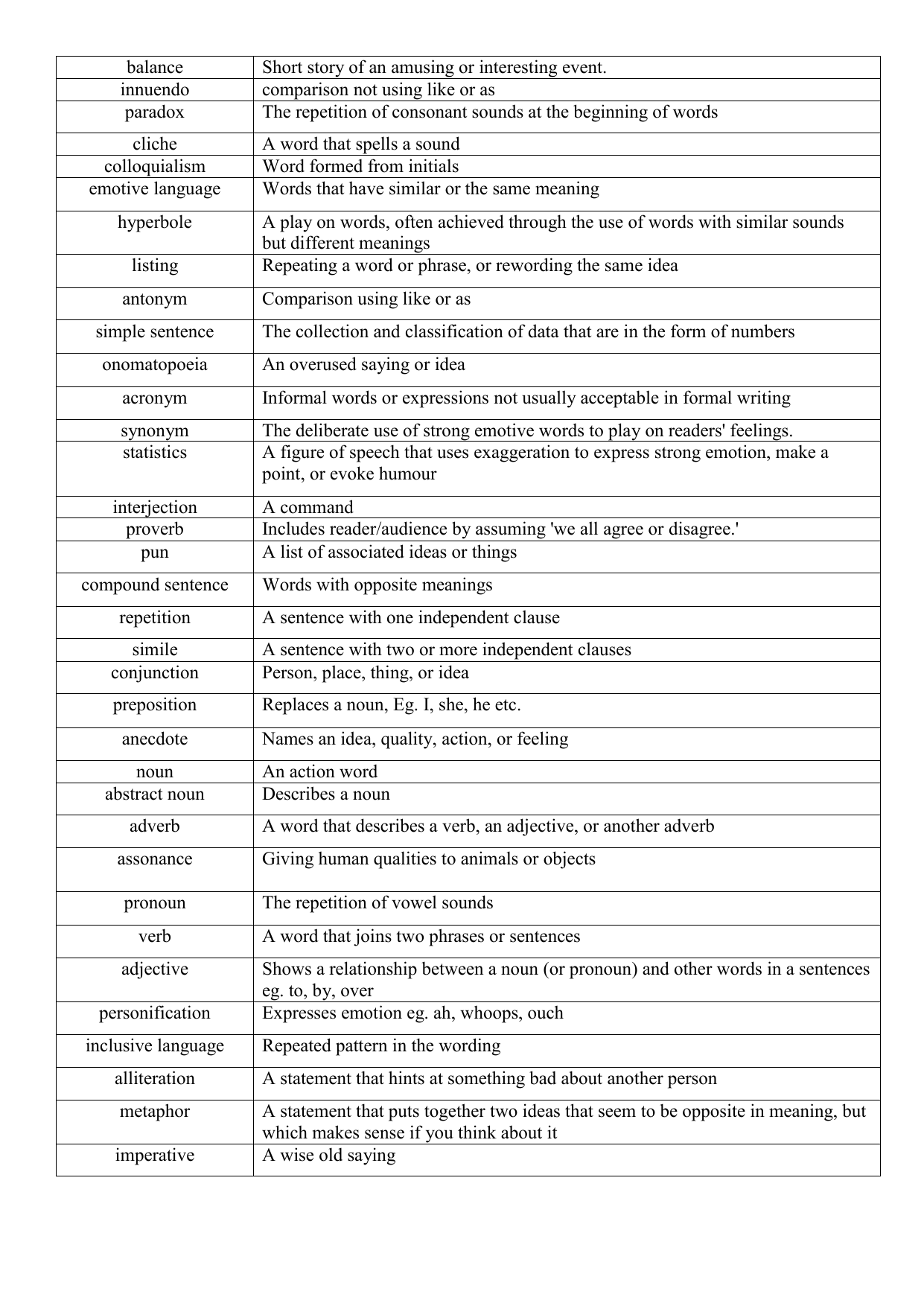


An example is the medieval play Everyman, in which the protagonist Everyman stands for all people.Īmphitheater: a type of stage with an oval or round structure with no roof and with tiers of seating rising from the center.Īnalysis: in responding to dramatic art, the process of examining how the elements of drama-literary, technical, and performance-are used.Īncient: theater of ancient and lineage-based cultures, such as Near Eastern, African, European, and Native American, centered on religious ritual, ceremony, and storytelling.Īntagonist: the opponent or adversary of the hero or main character of a drama one who opposes and actively competes with another character in a play, most often with the protagonist.Īntihero: a protagonist who does not have the heroic qualities of the traditional protagonist.
#Another word for repeating actions download#
Build a word wall! Download and print 51 drama terms appropriate for primary students (PDF format):Īccent: manner of speaking or pronunciation, as in a foreign accent also means the emphasis or stress placed on a particular syllable or word.Īcoustics: the quality of a room in respect to transmission of sound.Īcting: use of face, body, and voice to portray character.Īcting style: a particular manner of acting which reflects cultural and historical influences.Īction: the movement or development of the plot or story in a play the sense of forward movement created by the sense of time and/or the physical and psychological motivations of characters.Īctor: a performer who assumes the role of a character in a play, film, or television show a female actor may also be called an actress.Īd-lib: to improvise lines that are not part of the written script also refers to the improvised line.Īesthetic distance: the physical or psychological separation of the audience from the action of a play, needed to maintain the artistic illusion of the play.Īesthetics: branch of philosophy that studies the arts and, especially, the principles of beauty.Īllegory: a dramatic work in which there is a one-to-one correspondence between the literal meaning and the underlying, or allegorical, meaning of the work.


 0 kommentar(er)
0 kommentar(er)
